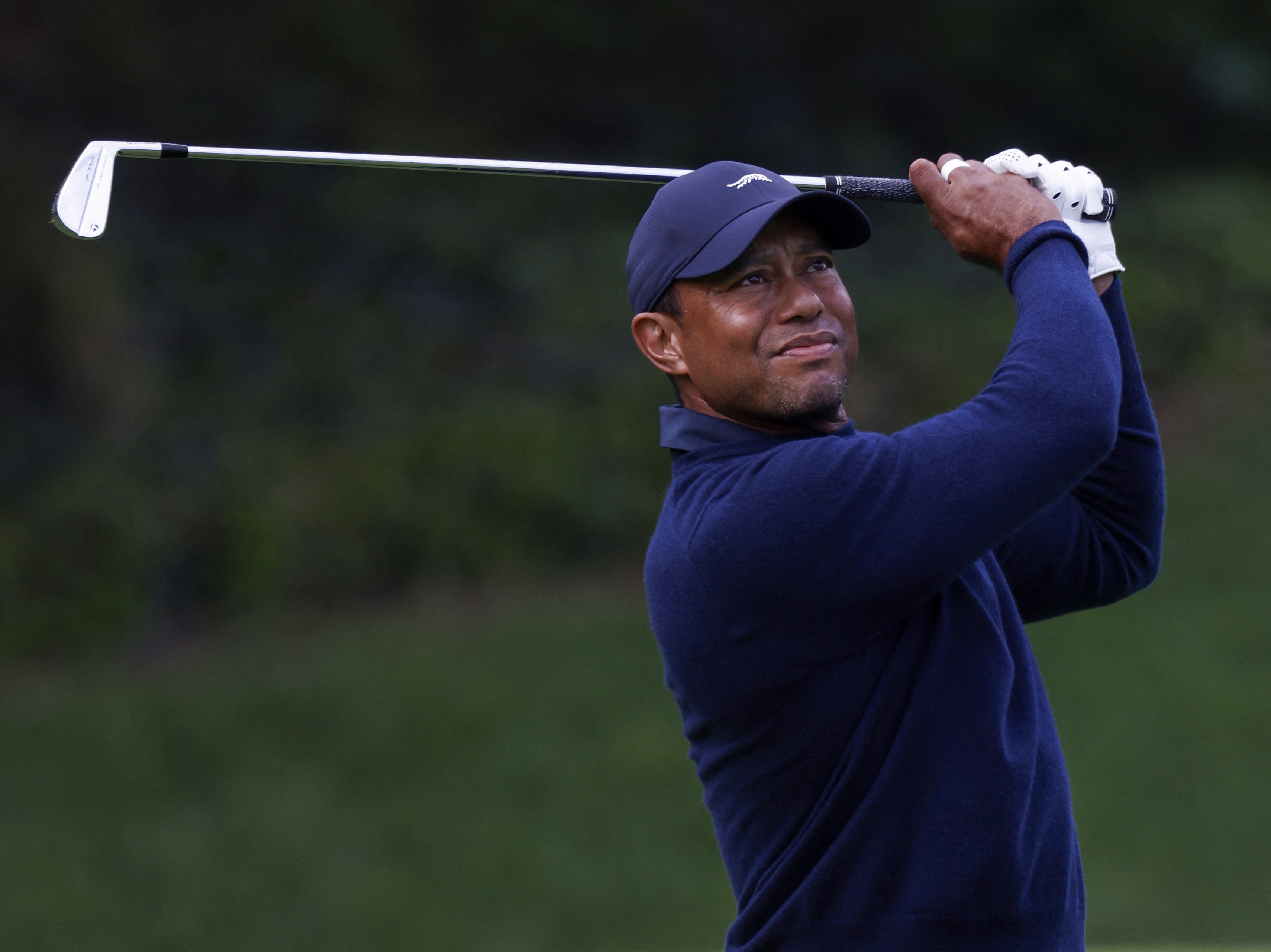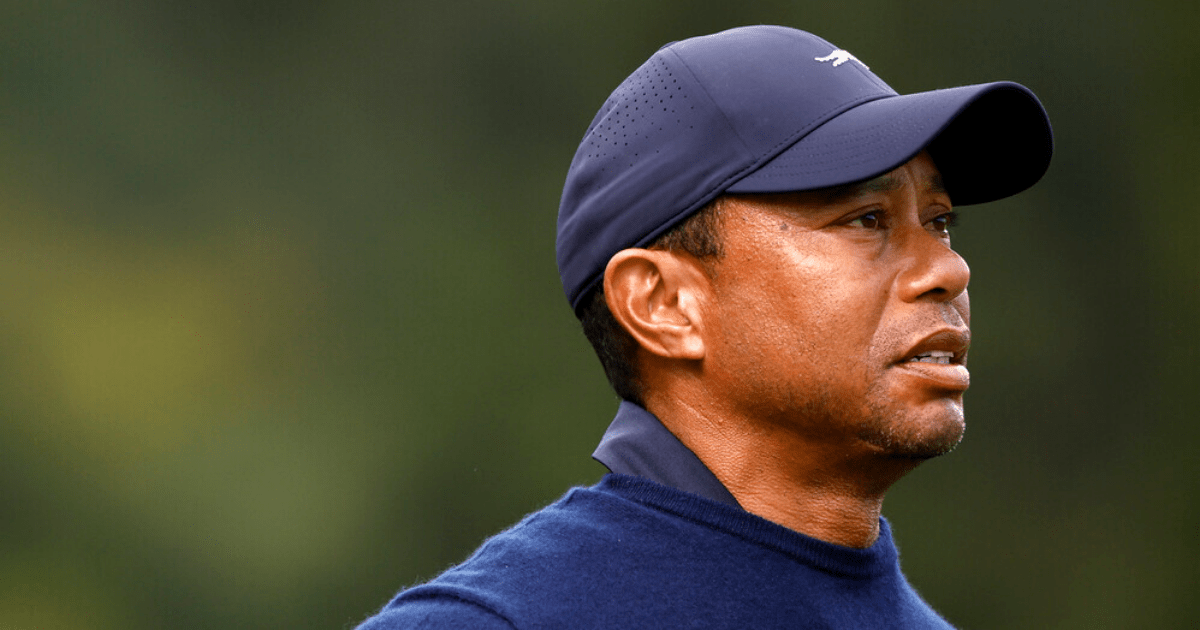Tiger Woods' Health Struggles
Tiger Woods recently withdrew from the Genesis Invitational due to illness after playing only 24 holes. The 15-time major champion cited flu-like symptoms and dehydration during the tournament.
Supporting His Brand
Despite his desire to retire, a source revealed that Woods continues to play and make appearances to support his new brand, "Sun Day Red" clothing. The golfer's body is reportedly beat up, but he feels obligated to promote his brand and make a go at it.
Challenges and Comebacks
Following a car crash in February 2021 that caused severe injuries to his right leg, Woods has been struggling to find his old form. Despite setbacks, he has made multiple comebacks but has had to withdraw from several tournaments due to health issues.
Future Plans
Woods, who also serves as the tournament host for the Genesis Invitational, had hoped to play in more events to support his brand and make a return to competitive golf. Despite facing challenges, he remains determined to continue his career.

Frequently Asked Questions
What are some common injuries pro golfers face, and how do they prevent them?
Common injuries amongst professional golfers include back pain, wrist injuries, tendinitis, and shoulder issues. Prevention strategies are a key component of their training programs, entailing regular fitness exercises focused on strengthening the muscles used in golf and increasing flexibility. Golfers use swing analysis to check that their technique does no harm to their bodies. A good warm-up routine, nutrition, and working closely with physical therapists and chiropractors are all important in preventing injury.
Can pro golfers train too much?
Overtraining is a real risk for professional golfers. Excessive training can cause injuries like tendinitis and mental burnout. Listening to your body, prioritizing recovery time and maintaining a balanced schedule are essential for golfers. Quantity is not as important as quality, and the emphasis is on deliberate, focused practice. Rest days are strategically scheduled to allow the body and mind to recover.
Do pro golfers focus on specific muscle groups?
Pro golfers concentrate on training the muscle groups that directly influence their golf swing. For golfers, core strength is essential for maintaining their balance and controlling their swing. So, abs, oblique, lower back, and abdominal exercises are all essential. Golfers also need strong gluteal and leg muscles for a solid foundation, as well as flexibility and strength in the shoulders and arms to guide and power the club through its range of motion. Golf-specific programs are designed to target these key areas while still maintaining a healthy overall body.
Are pro golfers required to follow a strict diet as part of training?
Dietary habits are a vital part of professional golfers’ training. They impact energy levels as well as recovery and health. Many golfers consult nutritionists for meal plans that suit their personal needs. These plans typically comprise balanced portions of carbohydrates, proteins, and fats, designed to fuel long days of practice and play while maintaining an optimal weight for performance. It is important to have a strategy for hydration, since staying hydrated will help you maintain your focus and improve physical condition.
How does a professional golfer’s training evolve as they age?
As professional golfers grow older, they typically adapt their training to match the body’s changes and evolving capabilities. As golfers age, their training may change to focus more on joint-friendly exercises, flexibility, core stability and strengthening of the joints, while reducing high-impact activities. Experience allows golfers to spend more time on short game and recovery strategies, as well as course management. They’re likely to rely more on precision and strategic play than mere power, adjusting both their training and their approach to the game accordingly.
Statistics
- Studies show that consuming a balanced diet is a priority for 95% of professional golfers as part of their training protocol.
- Pro golfers over the age of 35 tend to dedicate at least 20% more time to flexibility training than their younger counterparts.
- An estimated 60% of professional golfers change at least one piece of their equipment each season.
- About 70% of professional golfers report practicing in adverse weather conditions to improve their adaptability to the elements.
- On average, professional golfers dedicate 30 to 40 hours per week practicing various aspects of their game.
- A survey suggests that 75% of pro golfers use a sports psychologist to aid with mental training and performance.
- Nearly 80% of professional golfers engage in regular physical fitness programs designed specifically for golf.
- Up to 90% of professional golfers incorporate some form of cross-training into their fitness regimen.
External Links
pga.com
golftips.golfweek.usatoday.com
pga.com
titleist.com
golfdigest.com
sciencedirect.com
swingu.com
garmin.com
How To
How to Create a Balanced Training Schedule for Pro Golfers
Divide the practice time between the main components of the golf game: the long shot, the short game and the putting. Flexible training can be used to concentrate on weaker areas. Integrating physical conditioning that emphasizes core strength flexibility and aerobic fitness is important. Additionally, include time for mental training, including visualization and concentration exercises. Recovery days are essential to ensure that the golfer stays focused, fresh and not overtrained.
Did you miss our previous article…
https://www.sportingexcitement.com/golf/paige-spiranac-shows-off-toned-abs-and-reveals-strange-fan-request/

